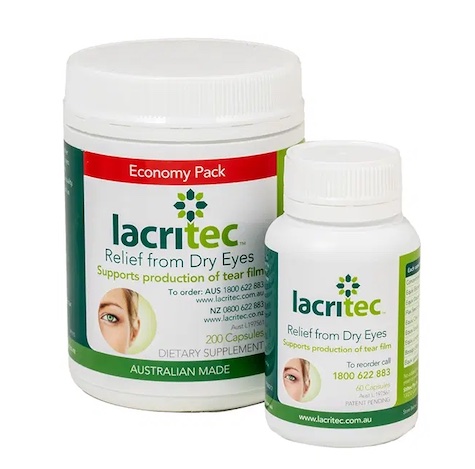Blepharitis
Blepharitis is a common cause of dry eye symptoms
Blepharitis
Symptoms of blepharitis
- scratchy eyes
- tearing
- itchy lid margins
- lid and lash crusting
- eye rubbing
- lid debris
- redness of the eyes and lids
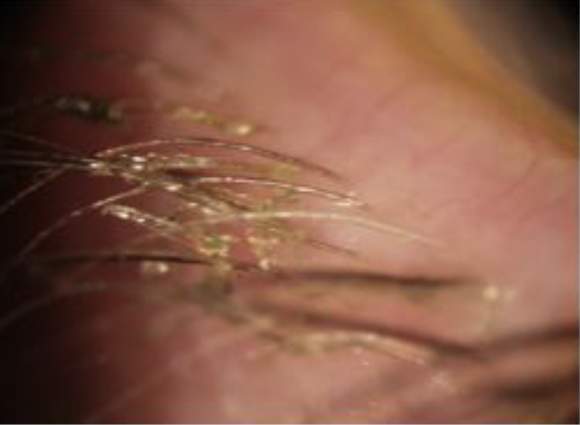
BEFORE BlephEx
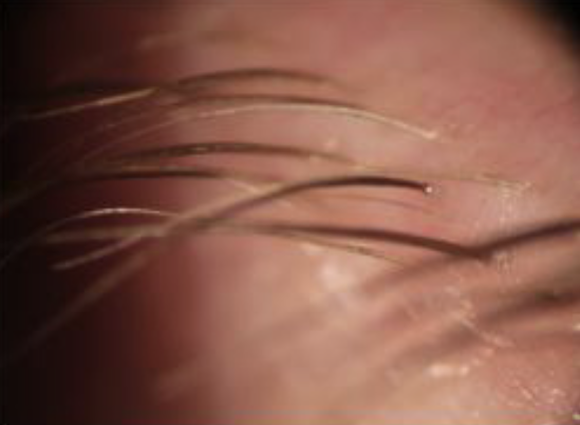
AFTER BlephEx
In-office treatment
Typically the BlephEx treatment is followed by home maintainence using warm compresses and lid scrubs daily to maintain optimal lid health and hygiene. Blephex may need to be repeated each 4-6 months if symptoms reappear.
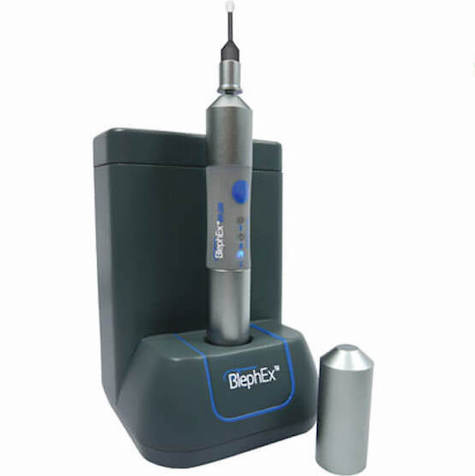
In-home maintenance
Many people with dry eye find comfort when warm moist heat is applied to their closed lids. Research has shown that around 42 degrees C is an optimal temperature to melt the oil residing in the lipid producing glands of the eye lids (meibomian glands). The softening of the oil allows it to flow freely from the oil glands providing an instant source of lubrication and also preventing evaporation of the aqueous layer of the tear film.

Lid hygiene is an important part of a dry eye treatment routine, as it removes unwanted bacteria from our lid margin. An over abundance of normal skin bacteria on the eye lid margin often exacerbates dry eye symptoms. The increased presence of bacteria cause inflammation of the eye lid margins, and contribute to the worsening of the oil quality within our meibomian glands. Regular cleansing of the eye lids and lashes is vital to lessen the impact of dry eye disease and blepharitis. Only particular cleansers are beneficial in dry eye disease as they must contain tea tree oil to be effective.
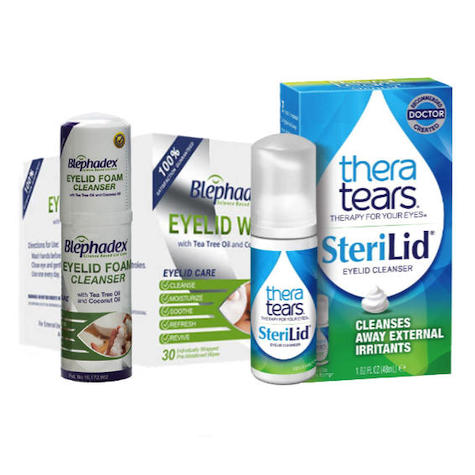
Artificial tear supplements are often the first selected treatment to alleviate the symptoms associated with dry eye. We will recommend a preservative free lubricant drop as preservatives can have a negative impact on the ocular surface of the eye. As dry eye is associated with inflammation of the eye, we may prescribe a short course of steroid eye drops to optimise the comfort of the eyes in the early stages of treatment.

Research has shown omega 3 supplements may improve the symptoms associated with dry eye and MGD. They work by providing an anti-inflammatory effect which helps reduce the inflammation associated with dry eye disease. The omega 3 also improves the overall tear lipid layer quality, helping to reduce the effects of evaporation from the corneal surface. Not all omega 3 supplements are beneficial. We only recommend high quality omega 3 supplements that have the addition of flaxseed oil and borage oil, which all work together to improve the tear quality and reduce the symptoms associated with dry eye.
